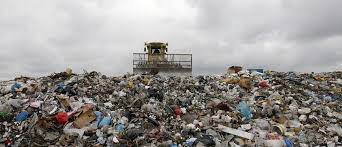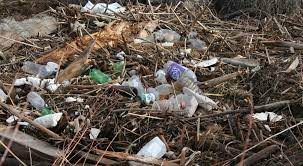Proper pesticide waste and container disposal is an important part of responsible pesticide use. Improper disposal can lead to contamination of soil, groundwater, and surface water, causing serious liability problems for the pesticide user, as well as a poor public image.
In the United States, several federal and state laws, including the Federal Insecticide, Fungicide, and Rodenticide Act (FIFRA) regulate the disposal of pesticide waste and empty pesticide containers. Improper disposal can result in fines for the pesticide applicator.
Everyone who handles pesticides must know how to dispose of these wastes legally, responsibly, and economically (Nesheim and Fishel, 2017).
How to Reduce the Amount of Waste you Produce
If you reduce your use of pesticides, you will also reduce the amount of waste pesticide and empty containers you produce, and you will save money. You should consider the following questions:
Do you need to use the pesticide and, if you do, can you reduce its use?
Do you have suitable pesticides currently in stock and can you order less new stock?
Have you chosen the most suitable pack sizes?
Can you manage and control the use of pesticides any better?
Can you use any of the following methods to reduce packaging waste and reduce the washings produced?
Soluble packs

Returnable containers
Flushing systems for low-volume sprayers
Direct-injection systems
Rounding down your calculations of the amount of pesticide needed when filling your sprayer to allow you to dispose of the washings on an under-dosed area (or using a suitable electronic sprayer controller to achieve the same result).
Read Also : Management of Hazardous Wastes in the Environment
Will your contractor or distributor take back properly cleaned (using a pressure rinsing device or manually rinsed at least three times) empty containers?

